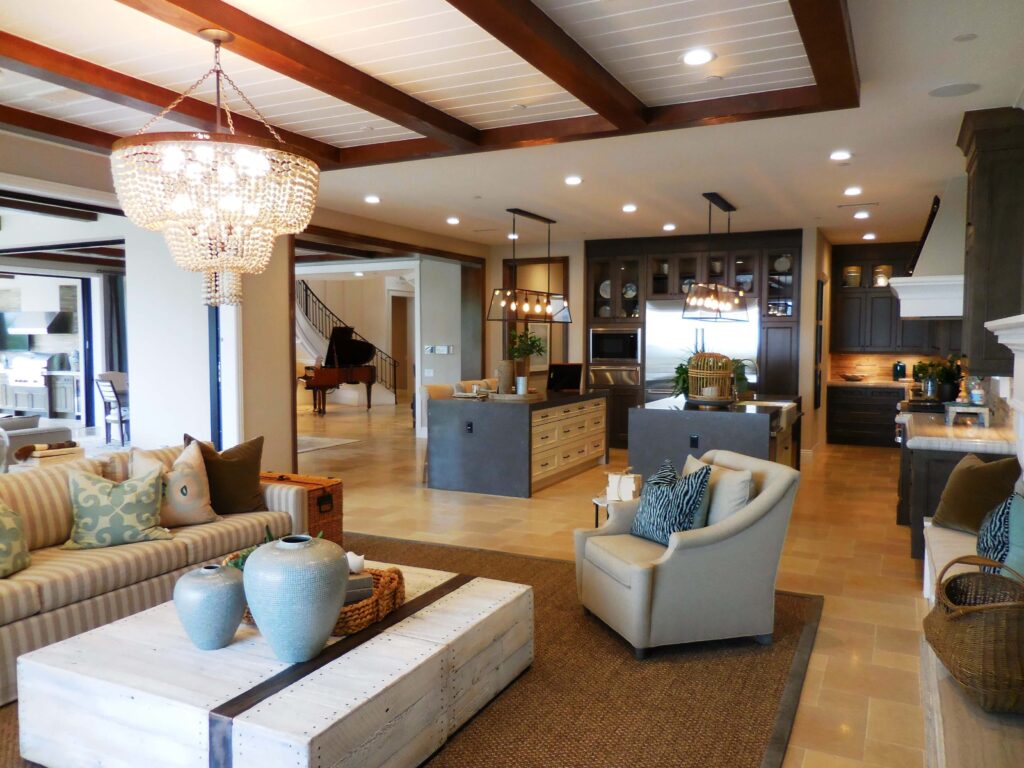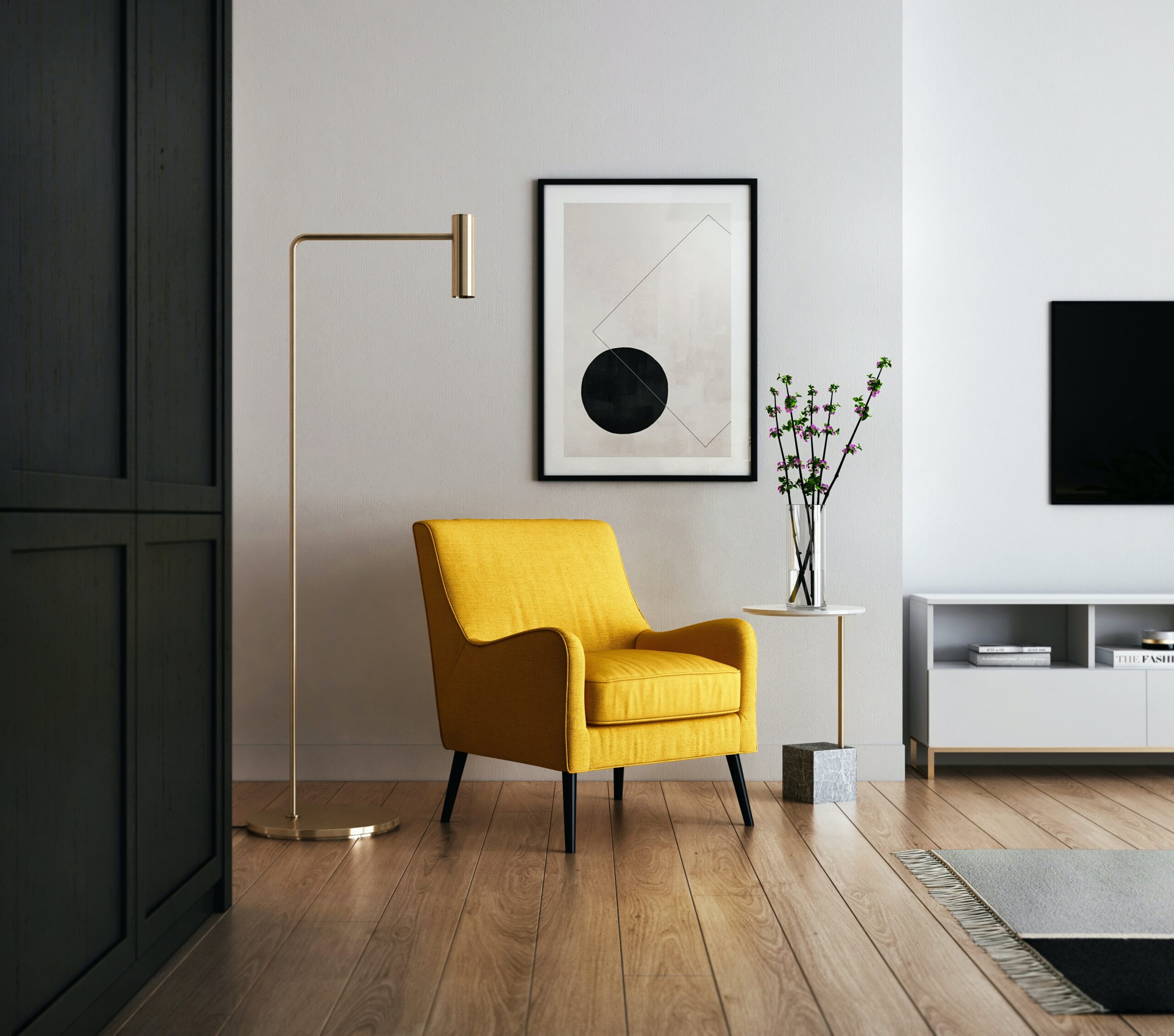What is a traditional interior style?
Traditional interior style refers to a design aesthetic that draws inspiration from classical and historical elements, creating a timeless and sophisticated look. Rooted in historical design movements, traditional interiors often feature rich colors, ornate details, and a sense of warmth and comfort. This style values symmetry, classic patterns, and a mix of antique and reproduction furniture. Here are key characteristics associated with traditional interior style:
- Timeless Elegance:
- Traditional interiors exude a sense of timeless elegance, often drawing inspiration from historical periods such as the 18th and 19th centuries.
- Classic Architectural Details:
- Architectural details play a crucial role, with features like crown molding, wainscoting, chair rails, and intricate woodwork adding depth and visual interest.
- Symmetry:
- Symmetry is a fundamental principle in traditional design. Furniture arrangements, lighting, and decor often follow symmetrical patterns, creating a sense of balance.
- Rich Color Palette:
- Traditional interiors typically embrace a rich and warm color palette. Deep hues like burgundy, navy, forest green, and gold are common, creating a sense of coziness.
- Luxurious Fabrics:
- Upholstery and drapery in traditional style use luxurious fabrics such as silk, velvet, and damask. These textiles often feature classic patterns like florals, plaids, or stripes.
- Classic Furniture Silhouettes:
- Furniture in traditional interiors tends to have classic silhouettes with intricate detailing. Wingback chairs, Queen Anne or Chippendale-style furniture, and camelback sofas are popular.
- Formal Arrangements:
- Furniture is arranged in a formal manner, often in pairs or groups, creating conversation areas. The layout promotes a sense of order and traditional formality.
- Antique and Reproduction Furniture:
- Traditional interiors may feature antique furniture or high-quality reproductions. These pieces add character and a sense of history to the space.
- Traditional Patterns:
- Traditional design incorporates patterns such as damask, toile, floral prints, and oriental rugs. These patterns contribute to the overall classic and refined aesthetic.
- Dark Wood Finishes:
- Wood finishes in traditional interiors are often dark and rich, such as mahogany, cherry, or walnut. These finishes add warmth and depth to the design.
- Crystal and Brass Accents:
- Traditional interiors often include crystal chandeliers, brass fixtures, and intricate hardware. These accents contribute to the overall sense of elegance and refinement.
- Classic Artwork:
- Artwork in traditional style may include oil paintings, portraits, or landscapes. Frames are often ornate and add to the overall traditional aesthetic.
- Layered Window Treatments:
- Windows are adorned with layered treatments, including curtains, drapes, and valances. Fabrics are often heavy and may feature intricate patterns.
- Fireplace Mantels:
- Traditional homes frequently have elaborate fireplace mantels, often with decorative molding, carvings, or an ornate surround.
- Personal Collections:
- Traditional interiors may showcase personal collections of items such as china, silverware, or figurines. These items add a personal touch to the space.
- Classic Rugs:
- Oriental rugs, Persian carpets, or other classic patterns are commonly used in traditional interiors to define and anchor different areas of a room.
- Classic Accessories:
- Traditional interiors feature accessories like porcelain vases, decorative figurines, and classic tabletop items that add to the overall charm.
- Cohesive Design:
- The overall design is cohesive and harmonious, with each element complementing the others to create a unified and elegant living space.
Traditional interior style offers a sense of comfort, familiarity, and a connection to the past. It is a style that values craftsmanship, classic design principles, and a curated approach to decor.

